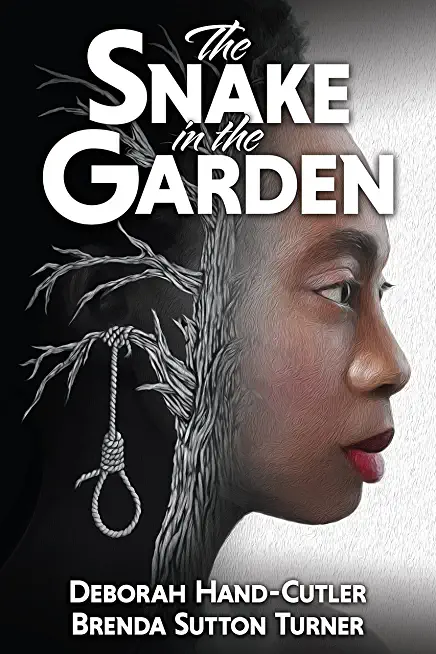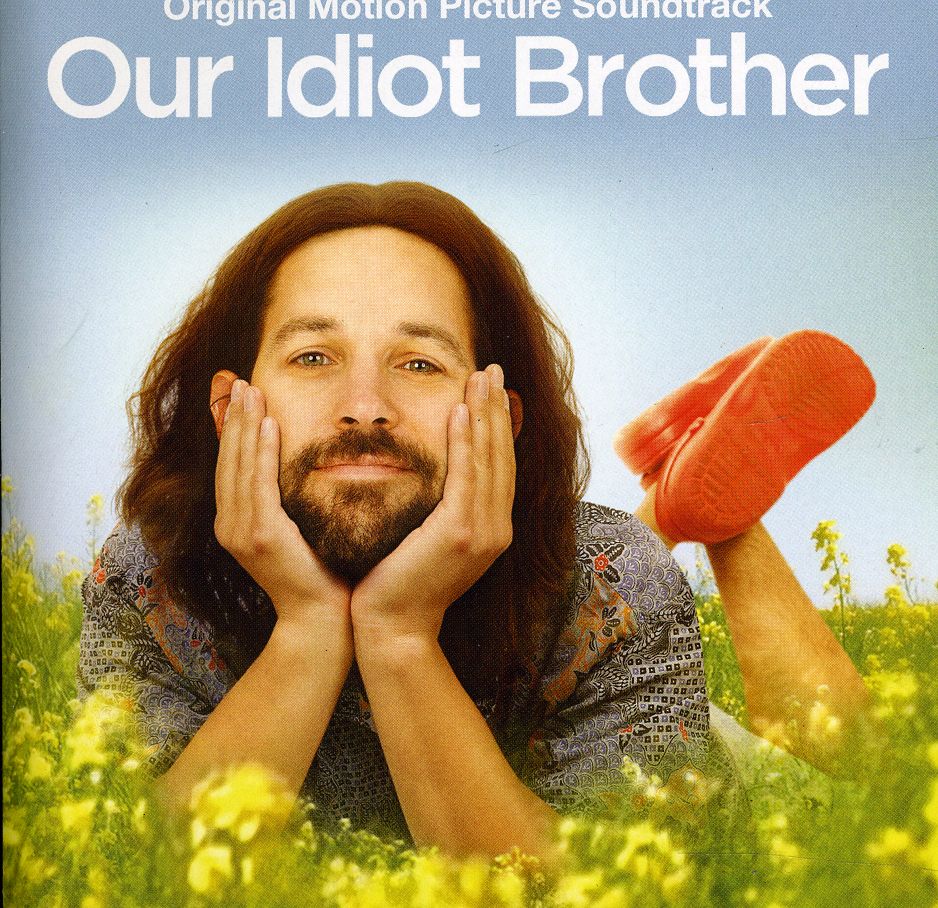
Demaree, Darren C.
product information
description
inues to wander towards the certain doom of the cliff is an exploration of the importance of imagination and creativity. There is always a momentum to the day, but choosing to create with or against the human elements of this world is vital to our survival. The ocean (space and time) always gets us, but those brave enough to attempt flight before it does through artistic and humanist practices can change the tides before they splash. This book-length poetic sequence tracks the path from the town/city into the fields, through the field parties, and all the way to the edge and beyond of the cliff. Working with the metaphor elaborated on in Mary Ruefle's On Imagination, the footprints of the goat and those tracking it are celebrated in this book. This goat has escaped the metaphor of Ruefle's goat in the attic, and is on an artistic parade towards the end of the endeavor. The individual poems in this book twist and energize the common practices of the artist. The stillness is abandoned. The ferocity is given to the practice and it entitles those practicing it to revel away from the eyes of the non-artistic community they've left behind, and to imagine more freely than they ever have before. As artists we smell the salt when there is no sea, and the sea is there because we do. This book is a grand gesture towards the idea that we need a thousand more books written in the fields before they disappear.
member goods
No member items were found under this heading.
Return Policy
All sales are final
Shipping
No special shipping considerations available.
Shipping fees determined at checkout.







